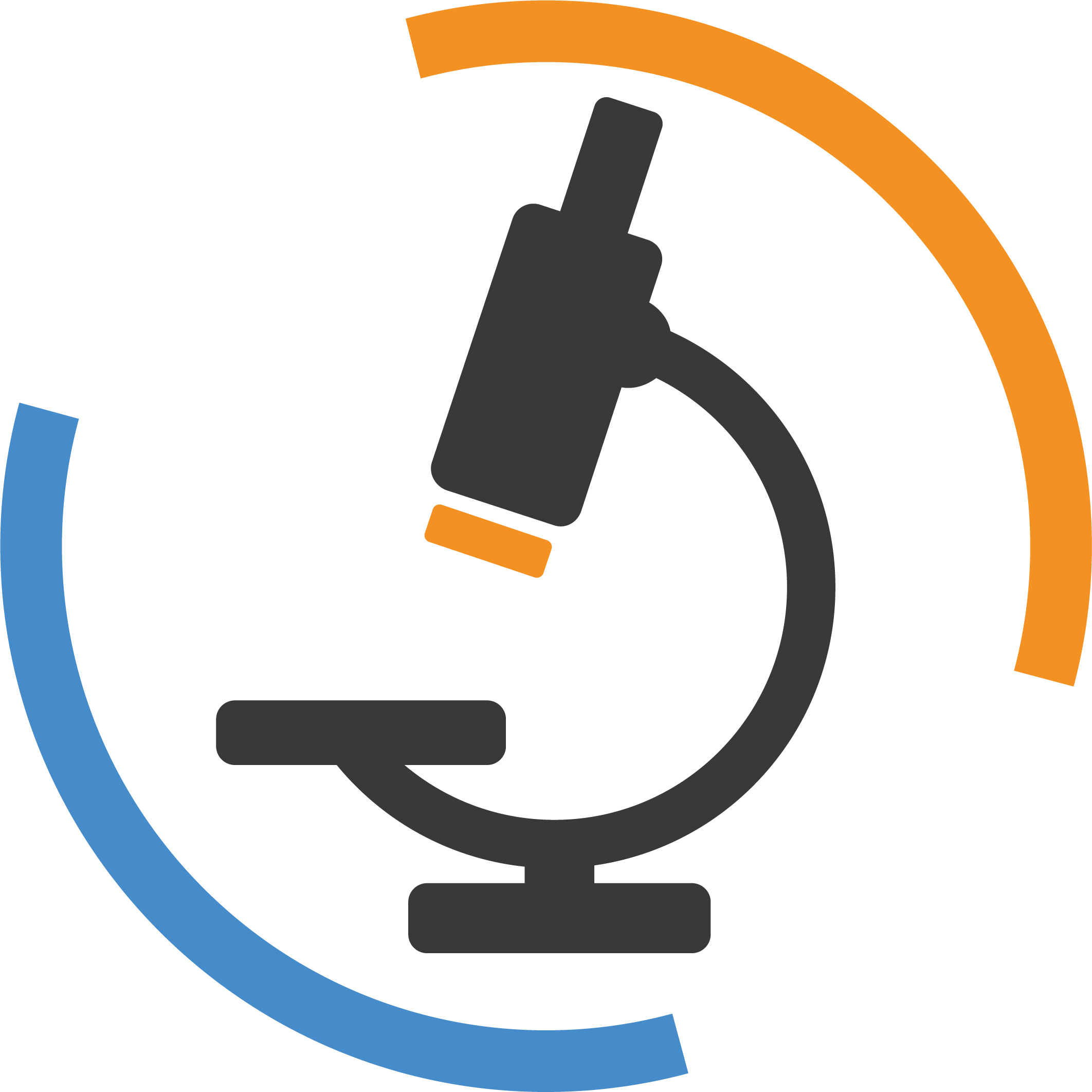What is this test?
25-OH vitamin D test; Calcidiol; 25-hydroxycholecalciferol test
The 25-hydroxy vitamin D test is the most accurate way to measure how much vitamin D is in your body.
Vitamin D helps control calcium and phosphate levels in the body.
This test is done to determine if you have too much or too little vitamin D in your blood. Screening of all adults, even when pregnant, for low vitamin D levels is generally not recommended.
However, screening may be done on people who are at high risk for vitamin D deficiency, such as those who:
-
Are over the age of 65 (both skin production of vitamin D and gut absorption of vitamin D becomes lower as we get older)
-
Are obese (or have lost weight from bariatric surgery)
-
Are taking certain medicines, such as phenytoin
-
Have osteoporosis or thin bones
-
Have limited sun exposure
-
Have problems absorbing vitamins and nutrients in their intestines, such as those with ulcerative colitis, Crohn disease, or celiac disease
How the Test is Performed?
A blood sample is needed. At SOUTH PUNJAB LAB this test is performed on ROCHE SPECIAL CHEMISTRY.
How to Prepare for the Test?
Usually, you will not need to fast. But this depends on the laboratory and the testing method used. Follow any instructions for not eating before the test.
How does the Test Will feel?
When the needle is inserted to draw blood, some people feel moderate pain. Others feel only a prick or stinging. Afterward, there may be some throbbing
Normal Results:
The normal range of vitamin D is measured as nanograms per milliliter (ng/mL). Many experts recommend a level between 20 and 40 ng/mL. Others recommend a level between 30 and 50 ng/mL.
The examples above are common measurements for results of these tests. Normal value ranges may vary slightly among different laboratories. Some laboratories use different measurements or test different samples. Talk to your doctor about the meaning of your specific test results, and whether you may need vitamin D supplements.
Many people are confused by the way these tests are reported.
-
25 hydroxy vitamin D3 (cholecalciferol) is the vitamin D that your own body has made or that you absorbed from an animal source (such as fatty fish or liver) or a cholecalciferol supplement.
-
25 hydroxy vitamin D2 (ergocalciferol) is the vitamin D that you have absorbed from foods fortified with plant vitamin D or from an ergocalciferol supplement.
-
The two hormones (ergo- and cholecalciferol) work similarly in the body. The important value is the total 25 hydroxy vitamin D level in your blood.
What do Abnormal Results mean?
A lower-than-normal level can be due to a vitamin D deficiency, which can result from:
-
Lack of skin exposure to sunlight, darkly pigmented skin, or consistent use of high-SPF sunscreen
-
Lack of enough vitamin D in the diet
-
Liver and kidney diseases
-
Poor food absorption
-
Use of certain medicines, including phenytoin, phenobarbital, and rifampin
-
Poor vitamin D absorption due to advanced age, weight-loss surgery, or conditions in which fat is not absorbed well
A low vitamin D level is more common in African American children (especially in the winter), as well as in infants who are breastfed only.
A higher-than-normal level may be due to excess vitamin D, a condition called hypervitaminosis D. This is most commonly caused by taking too much vitamin D. It can result in too much calcium in the body (hypercalcemia). This leads to many symptoms and kidney damage.




